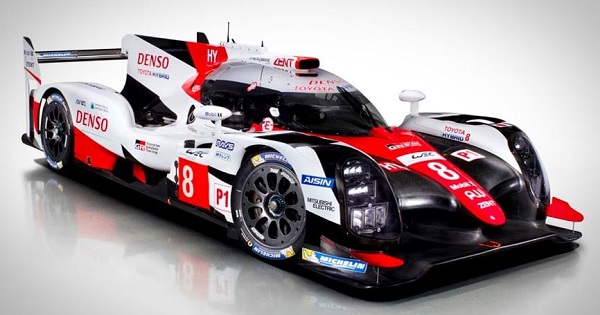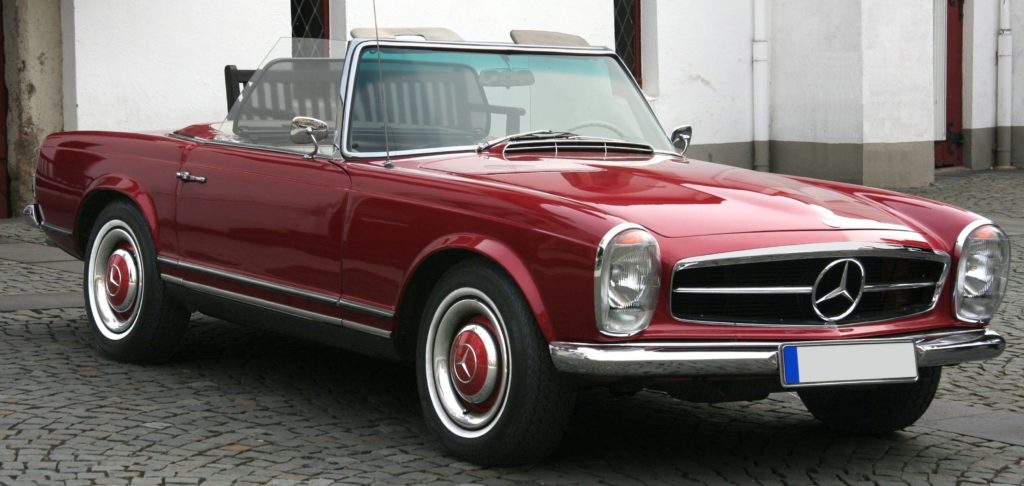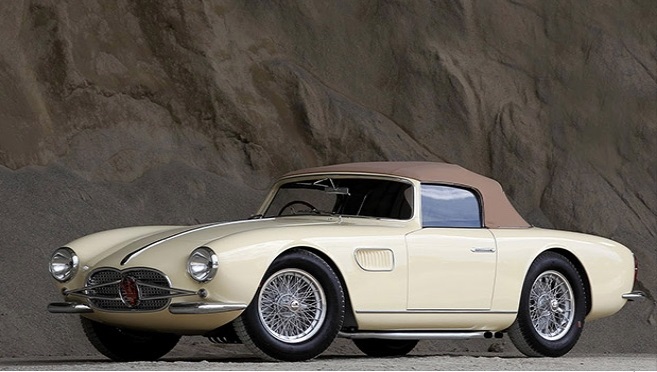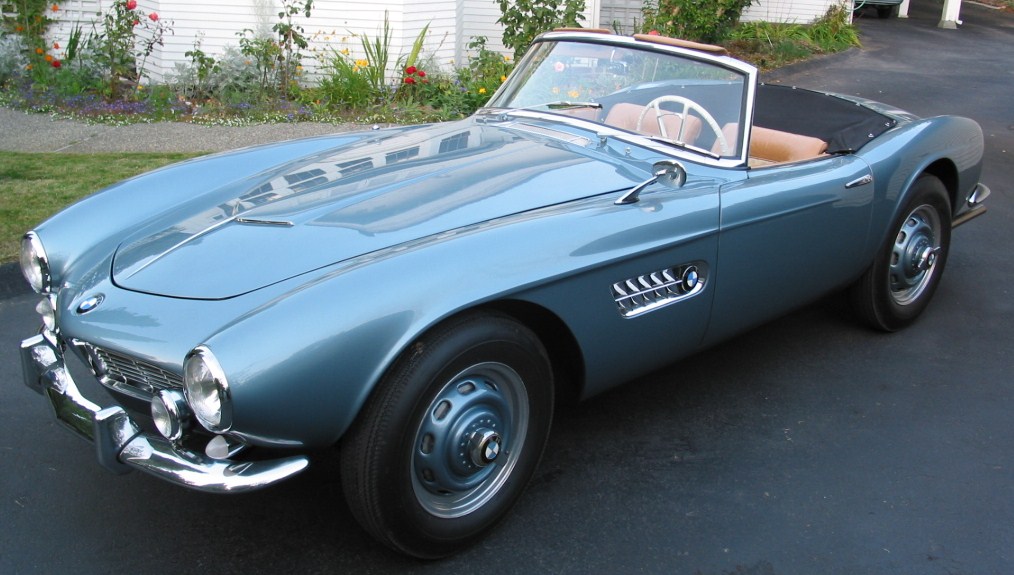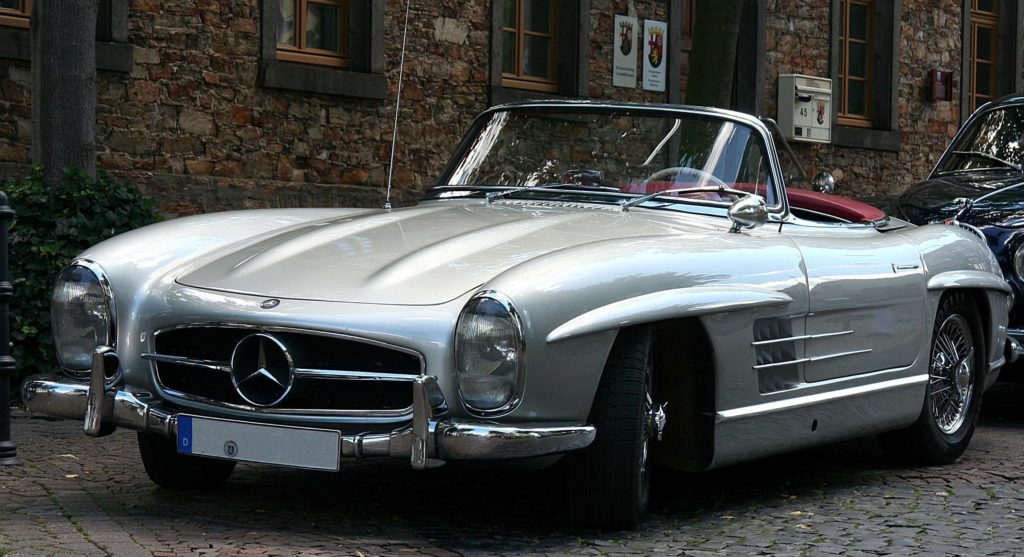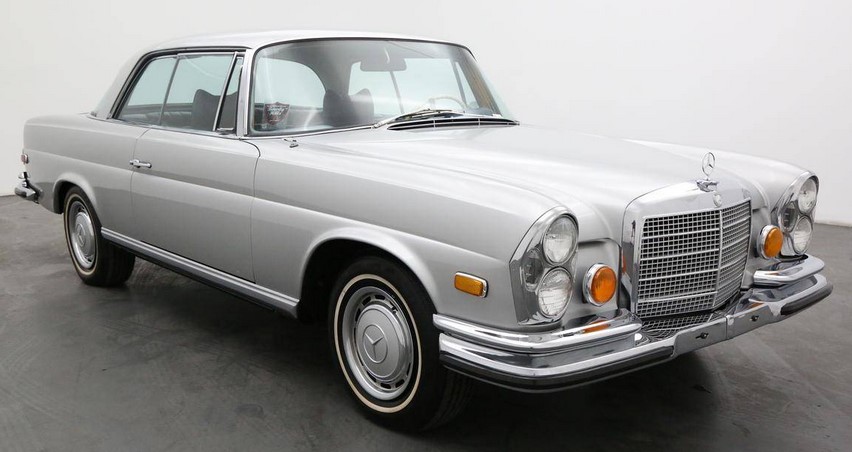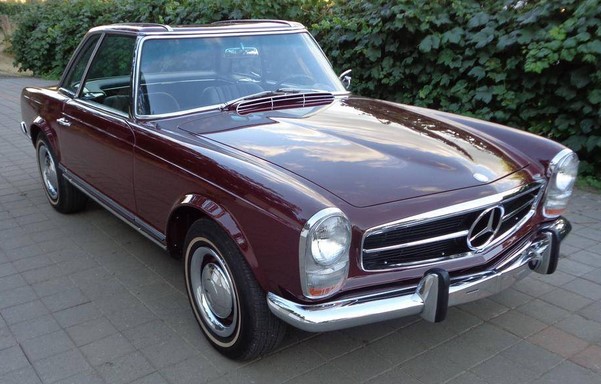As any fule kno, I am hopelessly old-fashioned, mired in the past (although I would prefer the latter to read “well-rooted”) and in general, an unbending foe of Most Things Modern.
In yesterday’s post about the non-spectator event formerly known as The Masters, I got sidetracked by following a train of thought along a branch line, all about driving a fast car around the exquisite Spa-Francorchamps race track.

…the “fast car” of choice being the excellent Caterham / Lotus 7:

This led to a side discussion in Comments, as these things generally do, during which Longtime Friend and Reader Nevikoff said:
“But… I think I’d pick something other than a Lotus 7 for it. True, the thing handles like an overgrown go-kart (about which I have, shall we say, “some advanced information”) and the true agony comes not from driving it but assembling one from a kit (don’t ask), but given that some spectacular Ferraris, Maseratis and the like have graced these pages, I’d think choosing from that list would be preferable.”
All good points. Here’s my thinking on the topic:
I grant you that there may be better cars than the Caterham / Lotus 7 for a joyride around Spa, but being the conservative Ole Phartte that I am, I would prefer to race around that track in the manner of Fangio and Moss rather than Vettel and Verstappen (or even Lotterer and Sarrazin).
For that reason, I choose the Lotus, because it’s the closest thing to this:

…which, while it is quite possibly the most beautiful F1 car ever to race, would probably kill me at the first corner.
So the Caterham it is; although if there are dark clouds in the sky — and it always rains at Spa — I might reserve the right to exchange the 7 for something with an actual roof (not a ragtop), not only for the cover from the rain, but also for the added protection it would afford me when I spin off at Eau Rouge (3 minute video).
For that, there’s only one car I’d consider for the task (as rebuilt and modernized by these guys):

Why modernized, Kim? I hear you ask.
Because I’d like to complete at least one circuit of the track without the thing breaking down. And in the rain and gloom, I’d also like the lights and windshield wipers to work at the same time, which is generally not possible with the original

…as installed by Lucas Electrical, the “Prince of Darkness”.
I might be old-fashioned, but I’m not that romantic.
And in Comments, let’s hear your ideal car for a jaunt around Spa, with reasons.


